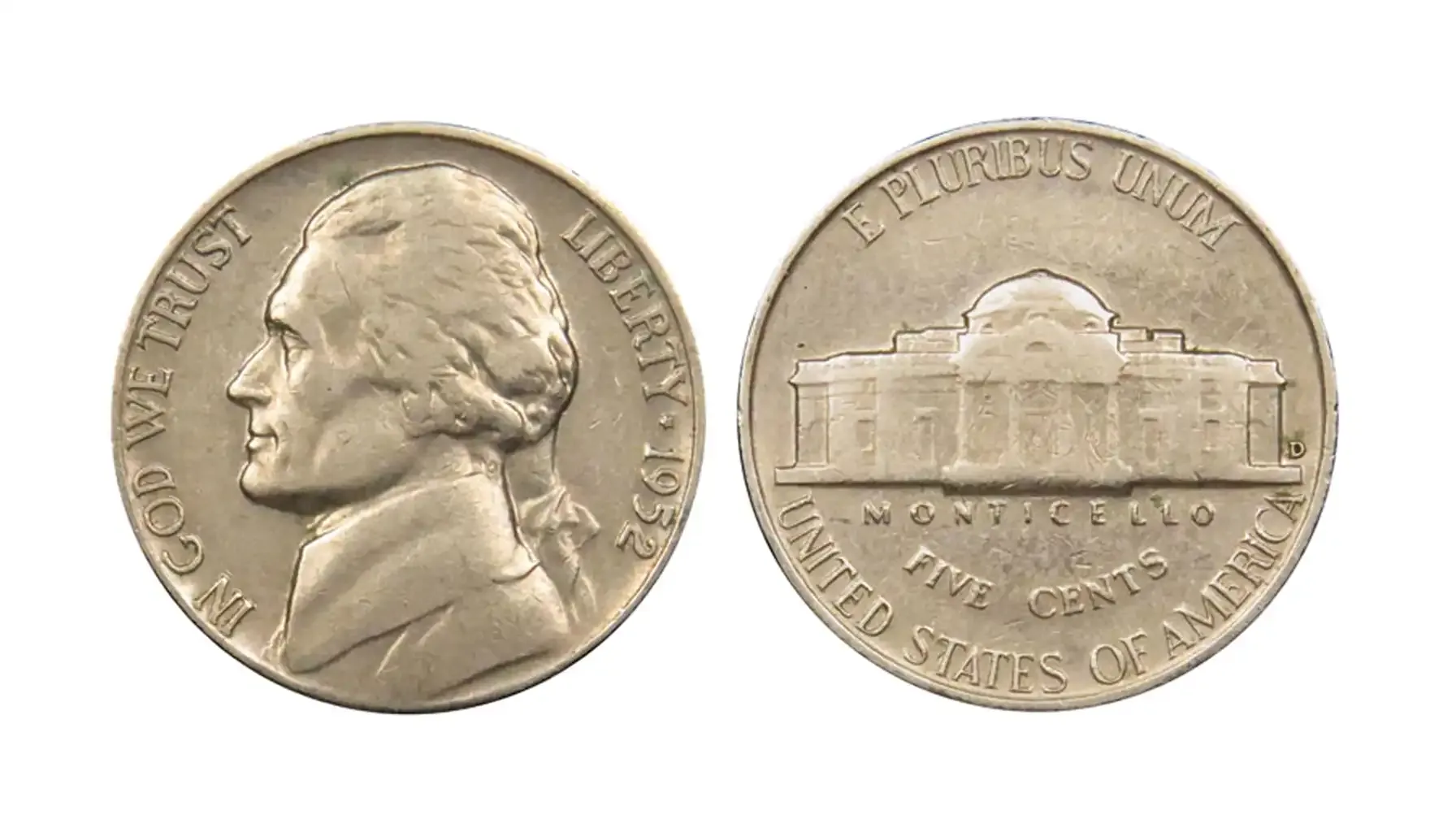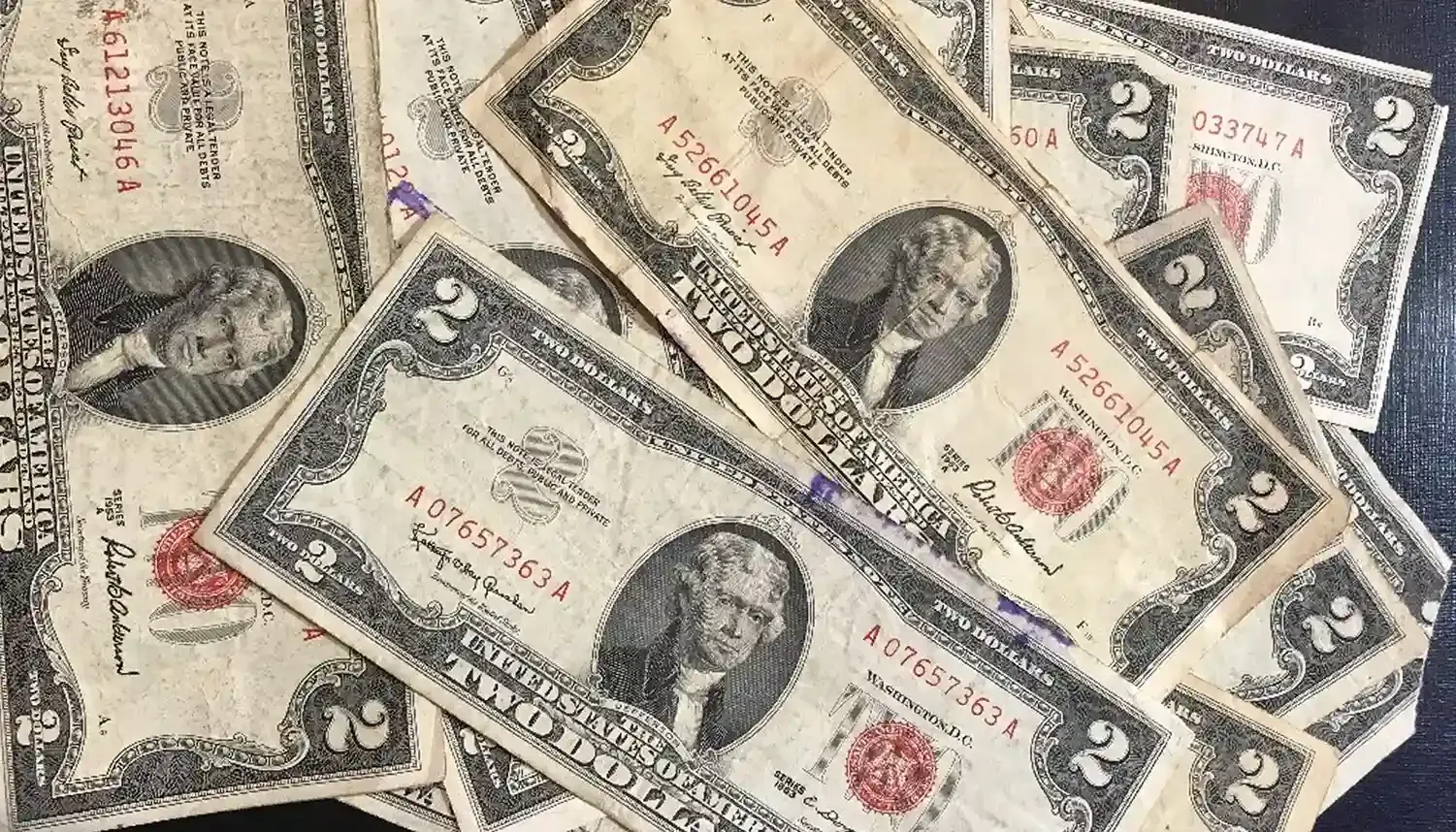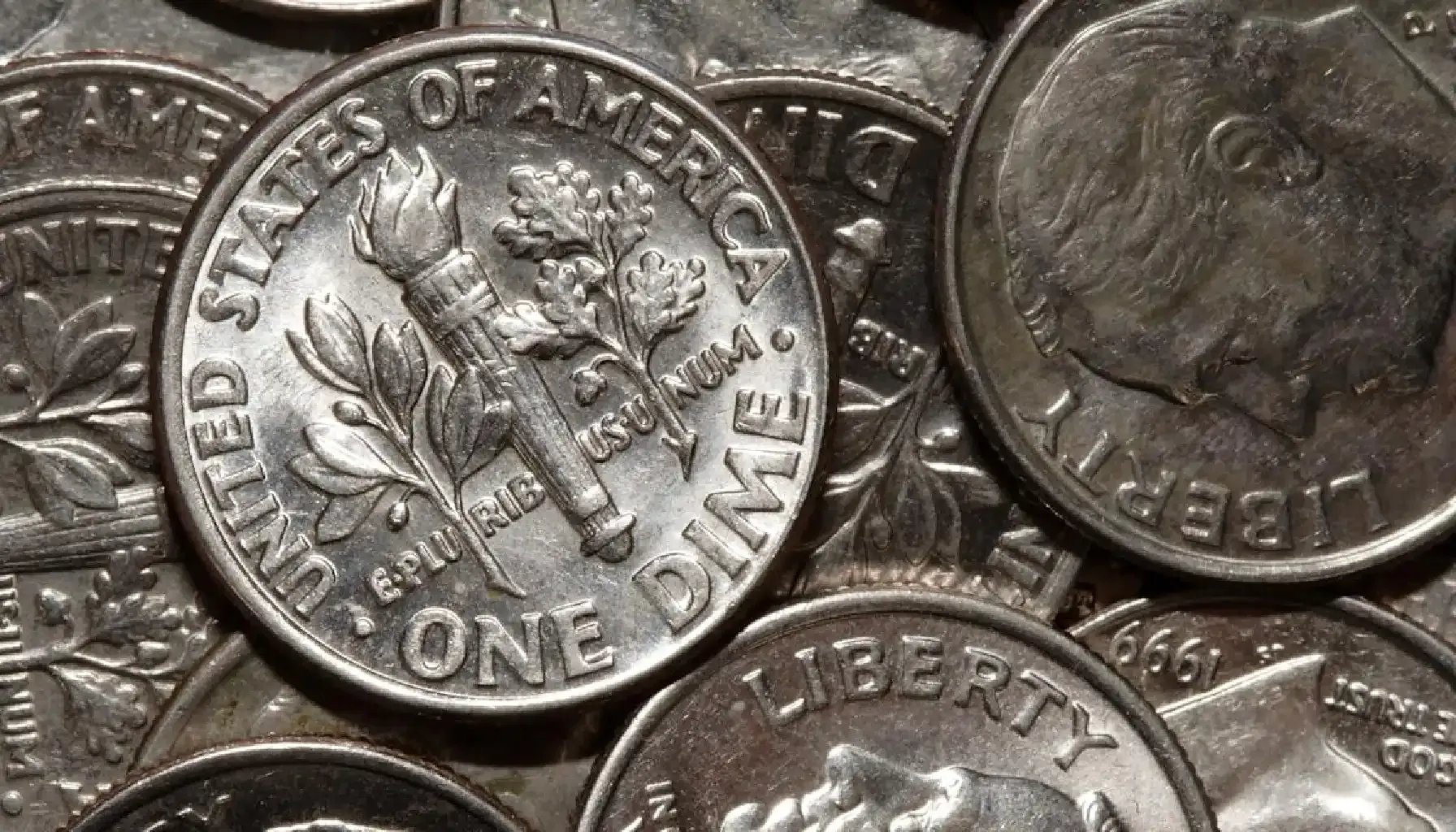What if I tell you that a coin in your hands is perhaps something much more valuable than you think? The secret often lies in coin grading, a process that evaluates a coin's condition. But what exactly does MS 65 mean, and why is it so important in the world of numismatics? If you've come across terms like coin grading scale, penny grading chart, or MS 70 grade, if you understand them right, they can reveal a coin’s true value.
Today, we’re going to explain to you the meaning of MS 65, why it matters, and how it affects a coin’s worth. All of these are important for collectors who are just getting started. But it will also be useful for experienced numismatists to refresh their knowledge for everyday use or for their performance on Coin Shows in Arizona and other important events.

What Is Coin Grading?
Coin grading is the professional evaluation of a coin’s condition based on a set of criteria, e.g., wear, luster, strike quality, and surface imperfections. The most common system used is the Sheldon Grading Scale, which grades coins from 1 to 70. A coin’s grade tells collectors and investors how well-preserved it is. A higher grade often means that a coin is closer to its original, mint condition.
For example, imagine that you have an old penny. Is it worth a cent or significantly more? The answer is found through coin grading, often using a coin grading scale penny. This coin grading scale chart is a universal guide that helps collectors differentiate between a well-worn, circulated coin and a mint-condition piece. Coins graded closer to 70 are more pristine and typically cost more in the market.
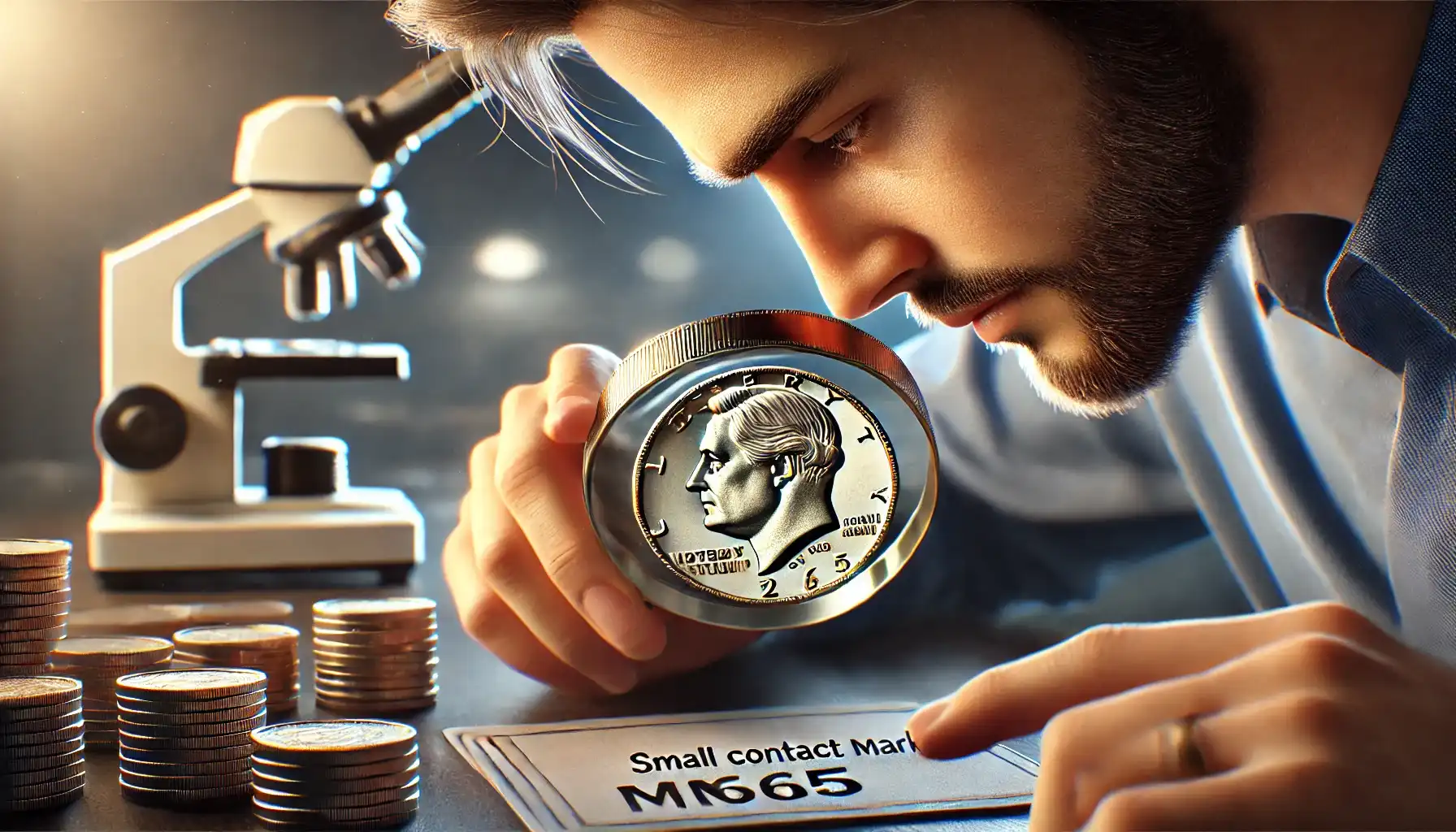
What Does MS Mean?
The abbreviation MS stands for Mint State (refers to coins that have never been circulated). These coins are in the same condition as when they left the mint, untouched by human hands in daily transactions. But not all Mint State coins are equal. The Sheldon Scale helps differentiate their conditions—from MS 60 to the MS 70 grade.
MS grade coins may still have minor imperfections caused during the minting process, but it hasn’t experienced the wear and tear of circulation. MS coins are coveted by collectors because they represent the coin’s original state.
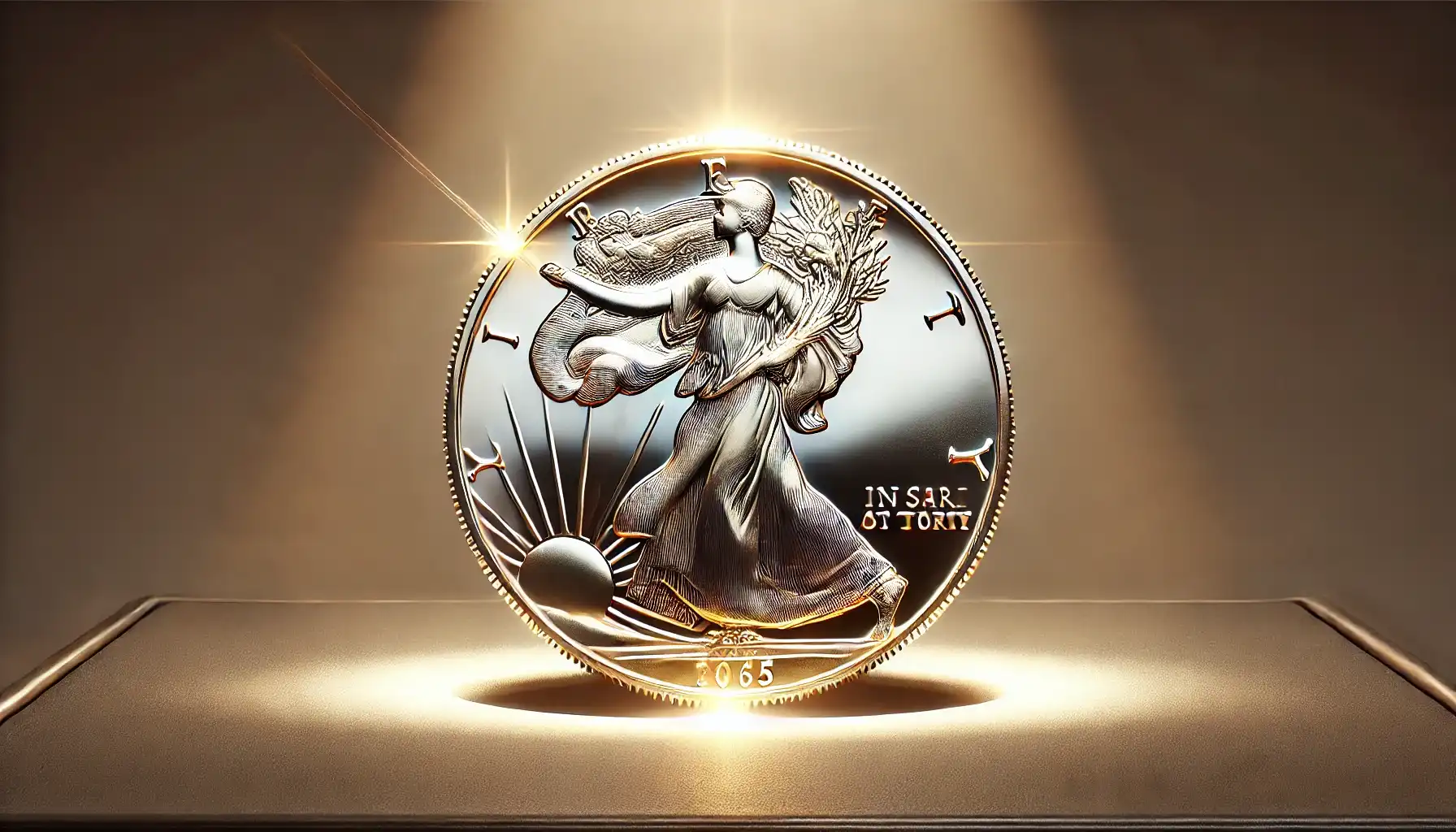
What Is MS 65?
So, what exactly does MS 65 mean? A coin graded MS 65 is considered to be in very high condition, although not perfect. Coins in this category are wanted by collectors because of their balance between quality and value. Here’s what MS 65 signifies:
Luster: The coin retains a strong, attractive shine with minimal dulling.
Strike: The coin’s design is sharply defined—details like lettering and images are crisp.
Contact Marks: There may be a few small, barely noticeable blemishes caused during minting.
Eye Appeal: MS 65 coins are visually impressive, though not quite flawless like MS 67 coin grade, MS 68 or MS 70.
An MS 65 coin is well-preserved but may show slight imperfections that prevent it from achieving a higher grade. However, it still has high aesthetic value and market potential.
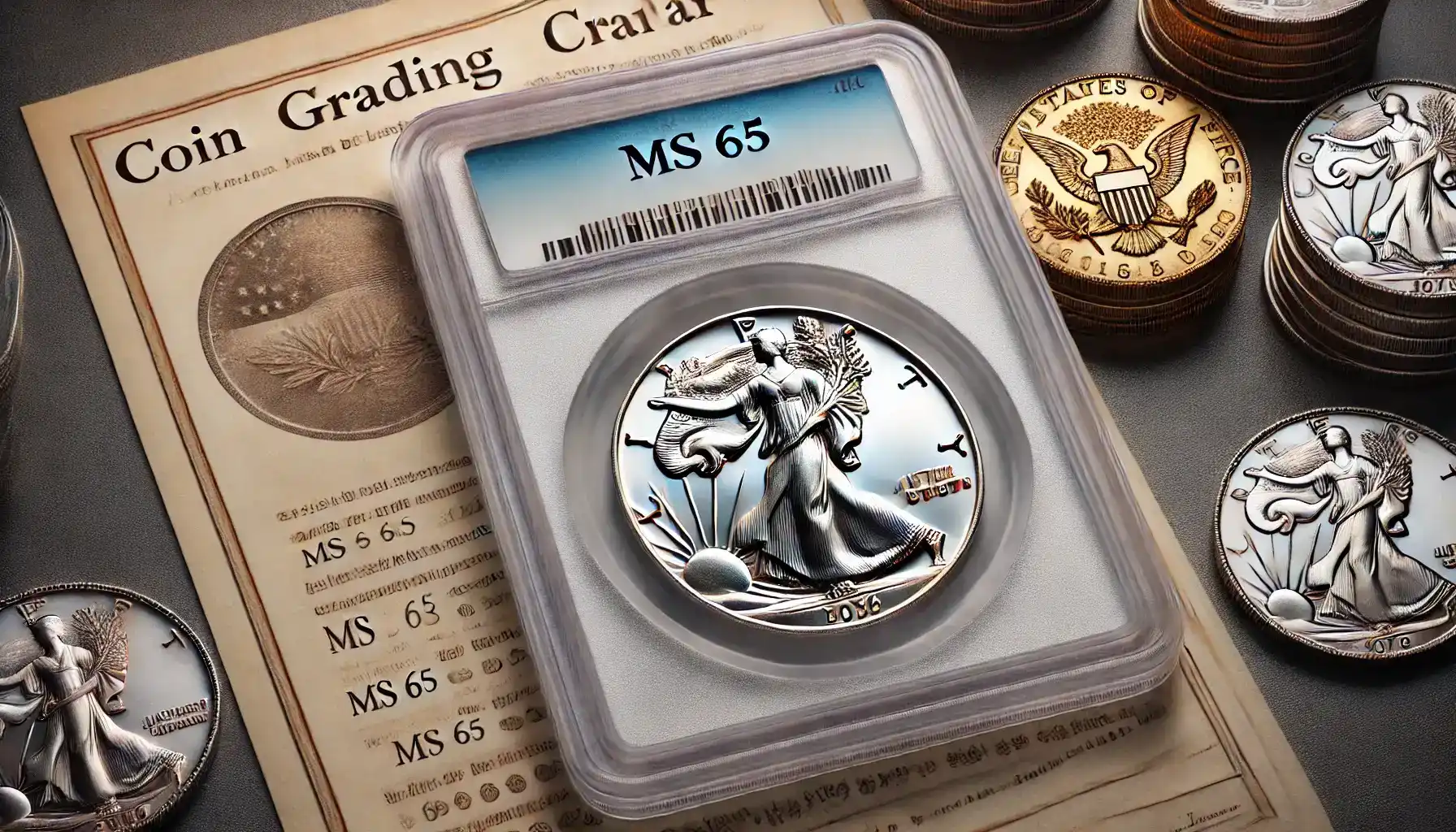
Why Is MS 65 Important?
MS 65 is considered a premium grade in coin collecting. It marks the boundary between common coins and those that are truly collectible. In terms of the coin grading chart, MS 65 coins are much more valuable than lower-grade coins like MS 60 or MS 63. The visual and physical quality of an MS 65 coin makes it more desirable to collectors. But this means, in turn, that they will have higher prices.
However, as you move up the grading scale—from MS 65 to MS 68 or higher—the price can increase dramatically. For many collectors, MS 65 represents the “sweet spot” where you get a high-quality coin without paying too much for nearly perfect coins.
How Does MS 65 Affect a Coin’s Value?
The difference between an MS 64 and an MS 65 coin can be seen in terms of market value. For rarer coins, even a one-point increase in the grade can lead to a substantial price jump. For instance, an MS 64 coin might be worth $100, while the same coin graded as MS 65 could cost $200 or even more.
This disparity arises because higher-graded coins are rarer, and collectors are always on the hunt for coins in the best possible condition. MS grade coins, particularly those graded MS 65 and above, are smart investments. They tend to hold their value and, depending on the market, can appreciate over time.
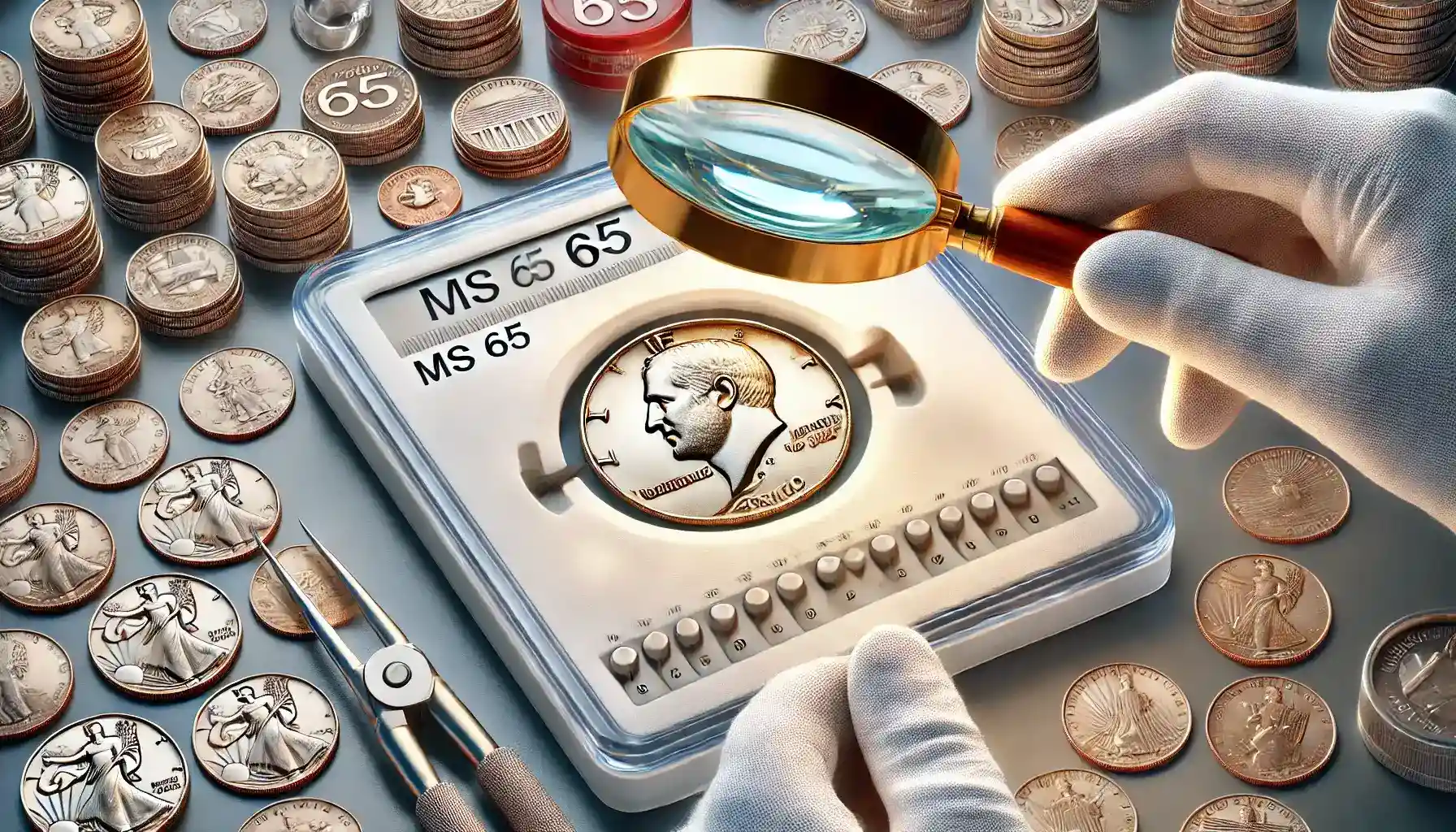
MS 60 to MS 70: A Quick Comparison
MS 65 represents a high-grade, well-preserved coin that is desirable for both its visual appeal and its market value. It’s not flawless like an MS 70 grade coin but MS 65 coins show a balance of quality and affordability. You may use a penny grading chart to evaluate old pennies or look into rare silver dollars, anyway it’s important to know the difference between grades to determine a coin’s worth.
Below is a quick comparison of Mint State grades and what they typically mean in terms of condition and value. Anyway you can always check the information in a reliable old coin value checker:
Grade | Condition | Luster | Contact Marks | Value Impact |
MS 60 | Uncirculated, but may have heavy marks | Minimal shine | Numerous noticeable marks | Lower-end value for MS coins |
MS 63 | Uncirculated with average marks | Good shine | Noticeable, but fewer marks | Moderate value |
MS 65 | Uncirculated, sharp strike, minor marks | Strong luster | Few, minor marks | High value, collector’s grade |
MS 68 | Near perfect, nearly no marks | Brilliant luster | Extremely few marks | Premium value |
MS 70 | Perfect, flawless | Full luster | No marks | The highest value |
Note: These are just some points from the official coin grade chart. If you want to know additional information about these gradings, or want to get descriptions of other ones, we recommend that you visit the official website of NGC.
So, if you understand where your coin falls on the coin grading scale chart, it can become your key to its true value. It really doesn’t matter who you are, an experienced collector or just getting started, if you learn about coin grading, it will help you be more skilled and logical in terms of buying, selling, or holding onto your coins.

